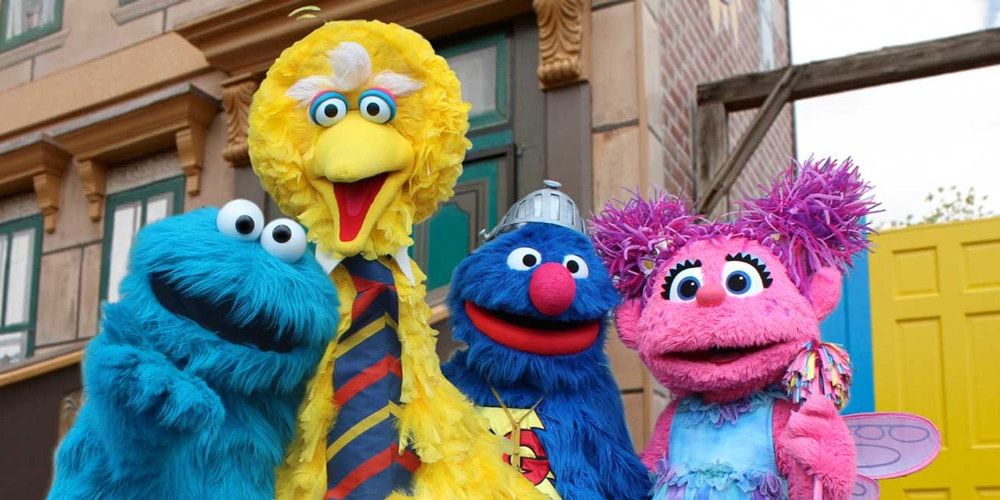Sesame Place Team Members go through specialized training to ensure they have the knowledge, skills and temperament to cater to all children, including those with special needs. Training focuses include: sensory awareness, motor skills, autism overview, program development, social skills, communication, environment and emotional awareness.
Ride Accessibility Program
Sesame Place has a Ride Accessibility Program (RAP) that matches the abilities of its guests with the requirements for all the rides. The program was developed based on the requirements of the ride manufacturer and by evaluating the physical and mental attributes required to safely ride each ride. This makes it easy for kids and parents to know which rides are the best match for them.
Enrolling in the program is as easy as filling out a questionnaire before you arrive. Once the form is validated, guests get a personalized list of rides and attractions that are best for them. Plus, guests enrolled in RAP may be eligible for the Special Access Program, which allows some visitors to enjoy priority boarding on attractions.
Quiet Rooms and Noise Cancelling Headphones
Guests in need of some quiet or some time away from sensory stimulation can use the new quiet rooms. These rooms have adjustable lighting and a comfortable seating area for guests to take a break.
Sesame Place also offers noise-cancelling headphones. Guests with hearing sensitivity may pick up the WhispEars™ headphones to make their time at the park more enjoyable.
Low Sensory Options
In addition to specifically designated quiet areas, the park will also help point guests to areas of the park that are less populated and generally quieter for those who want to continue to enjoy the park but be a little bit farther away from all the action.
Similarly, park goers who want to enjoy the parade without direct character interaction like hugs or high fives can sit closest to where the parade begins and/or several rows back from the parade viewing line to ensure they are comfortable with the situation.
Sensory and Accessibility Guides
The park offers an IBCCES Sensory Guide that provides insight on how a child with sensory processing issues may be affected by each sense for rides and attractions at Sesame Place. They also have a Ride Accessibility Guide that provides an overview of services and facilities available for guests with special needs who are visiting Sesame Place. These guides ensure it’s easy for all guests to have the info they need to have a fabulous day at Sesame Place.
Why Myrtle Beach is an autism-friendly destination


